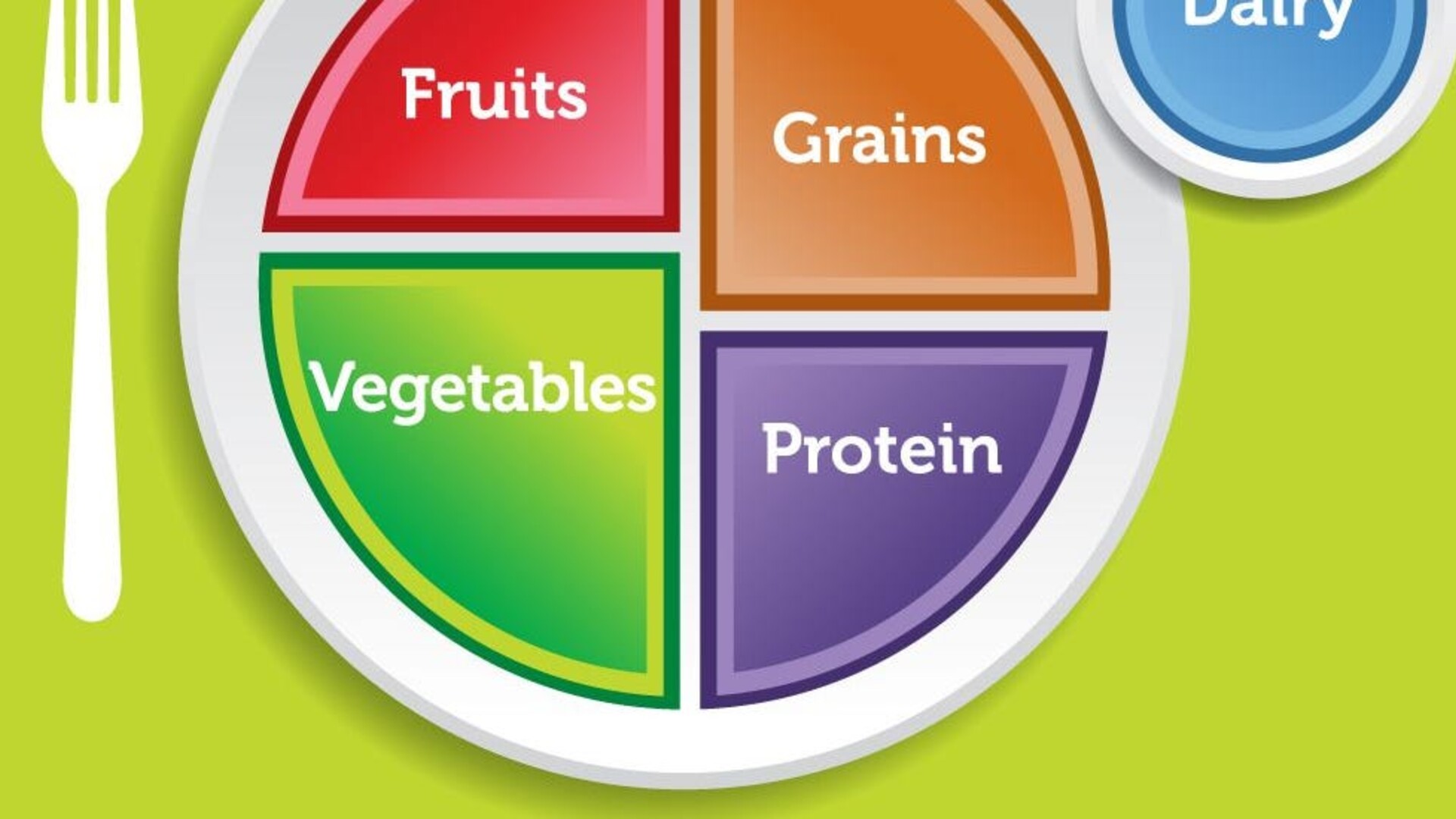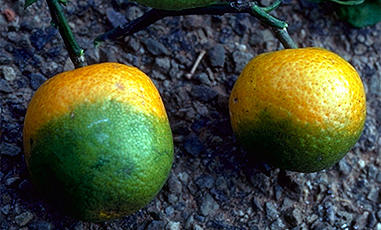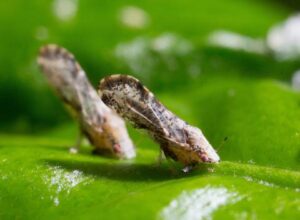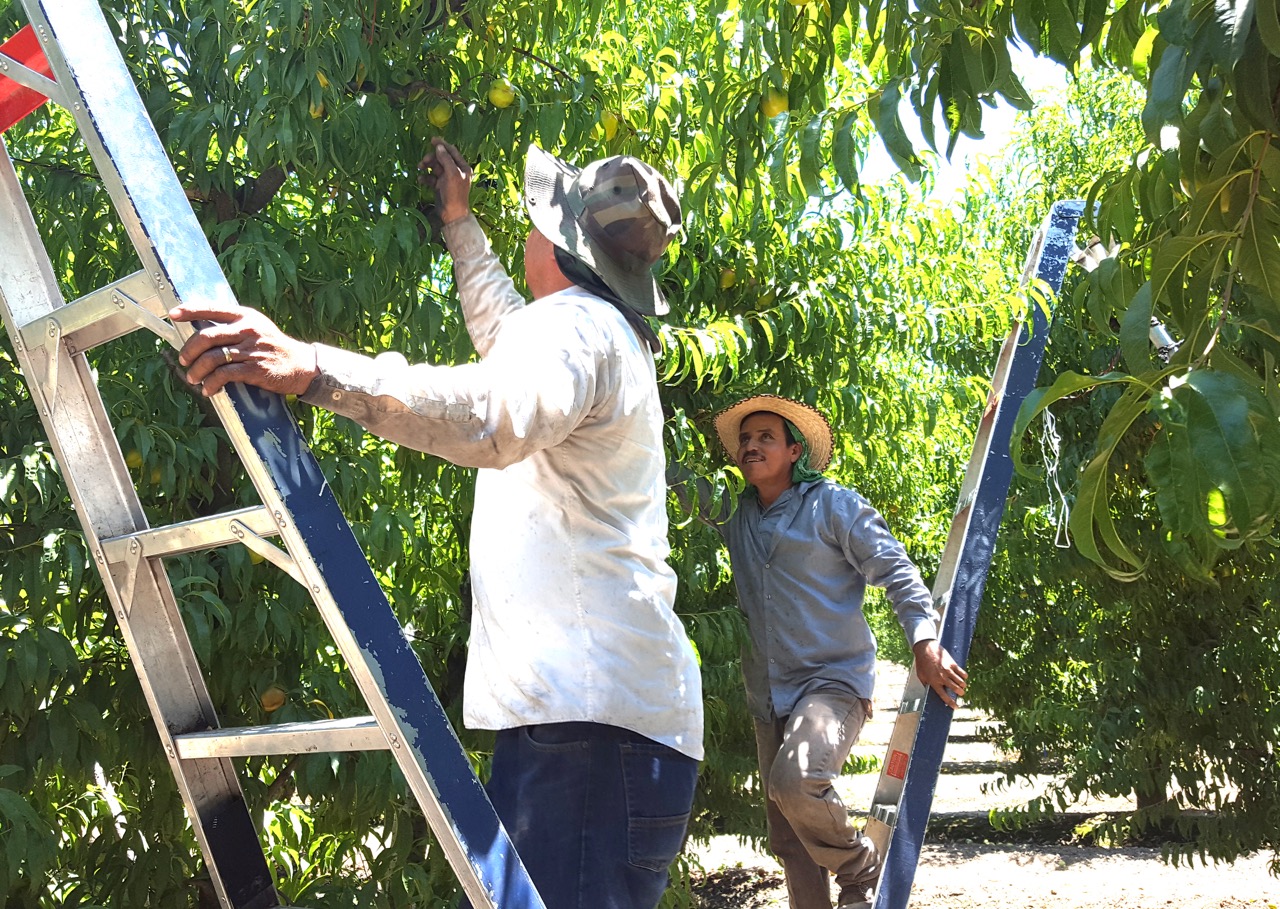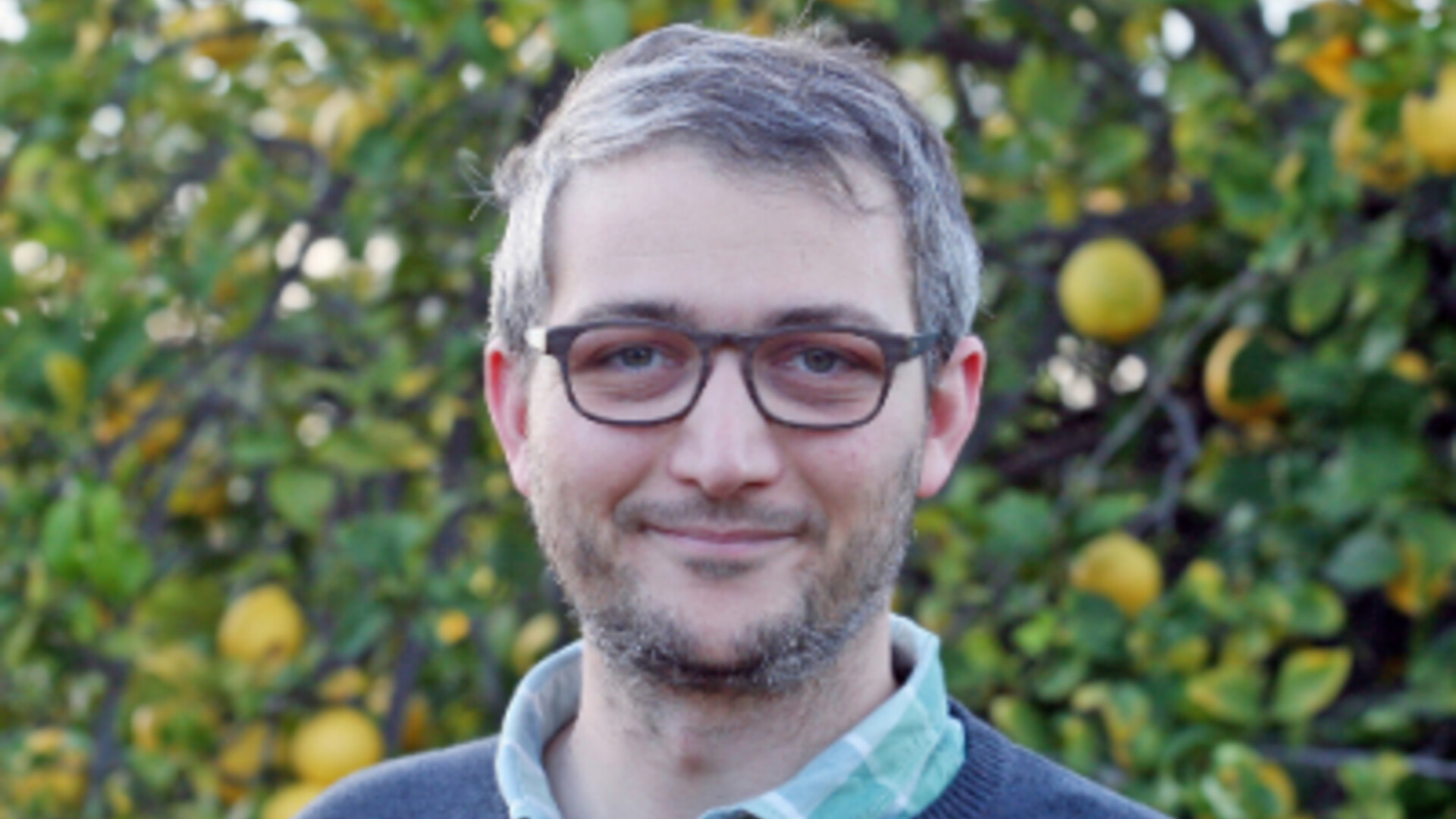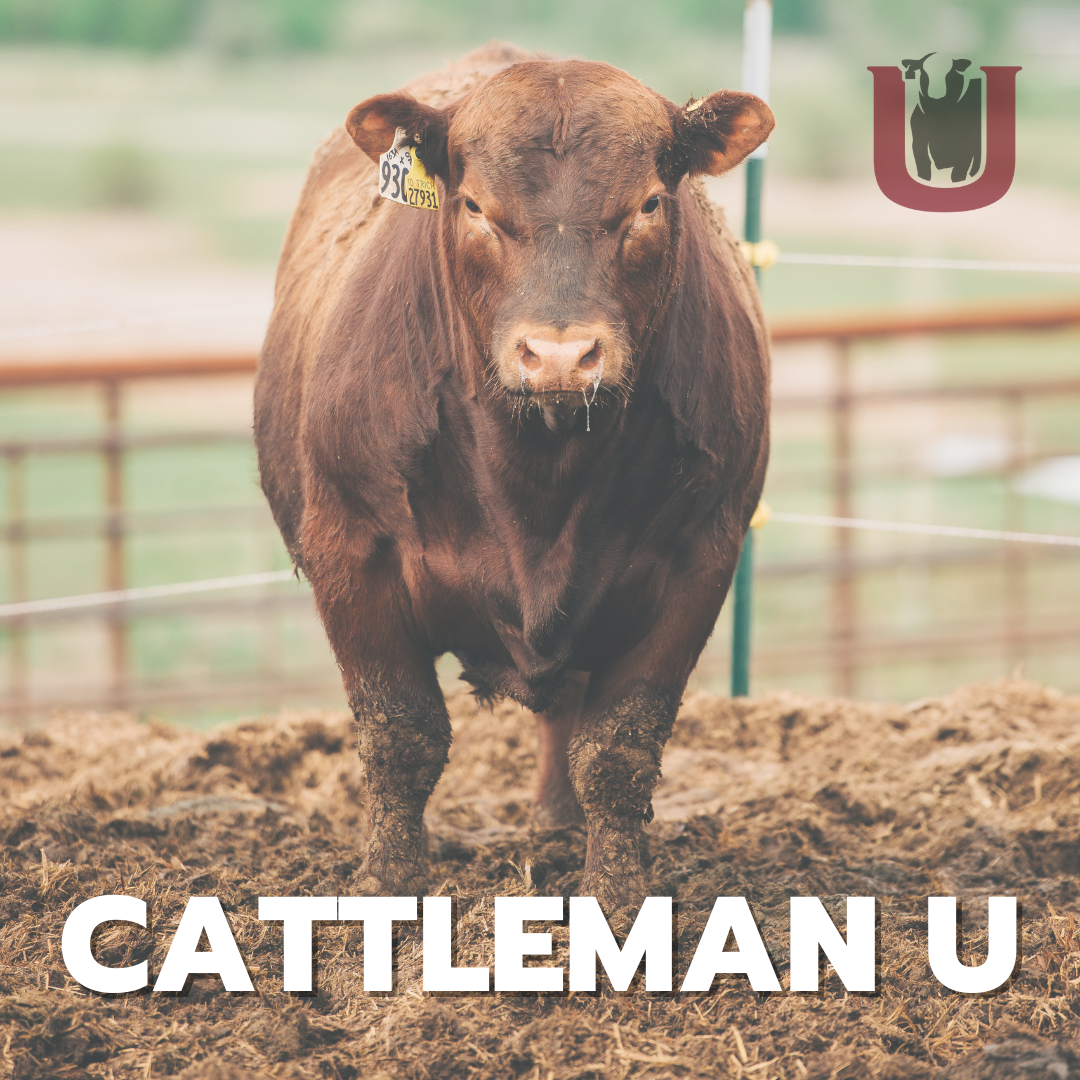USDA To Help Many Affected by Wildfires
Disaster Supplemental Nutrition Assistance Program Available for Those In Need Due Fires
 “USDA is committed to ensuring Californians affected by these wildfires have enough to eat and will be here to help throughout their entire recovery. D-SNAP will be a vital part of our ongoing, on-the-ground food assistance,” Secretary Perdue said.
“USDA is committed to ensuring Californians affected by these wildfires have enough to eat and will be here to help throughout their entire recovery. D-SNAP will be a vital part of our ongoing, on-the-ground food assistance,” Secretary Perdue said.- Allowing participants to buy hot foods with their SNAP benefits at authorized SNAP retailers in certain counties.
- Automatic mass replacement of a portion of SNAP benefits for residents of specific counties who may have lost food due to the wildfires and associated power outages.
- Extending the deadline for school meal program operators in certain counties to submit reimbursement claims for meals served;
- Providing households in certain counties with more time to request replacement SNAP benefits for food lost; and
- Retroactively distributing Commodity Supplemental Food Program food packages that The Redwood Empire Food Bank was unable to deliver in August due to wildfire-related road closures and evacuations.



